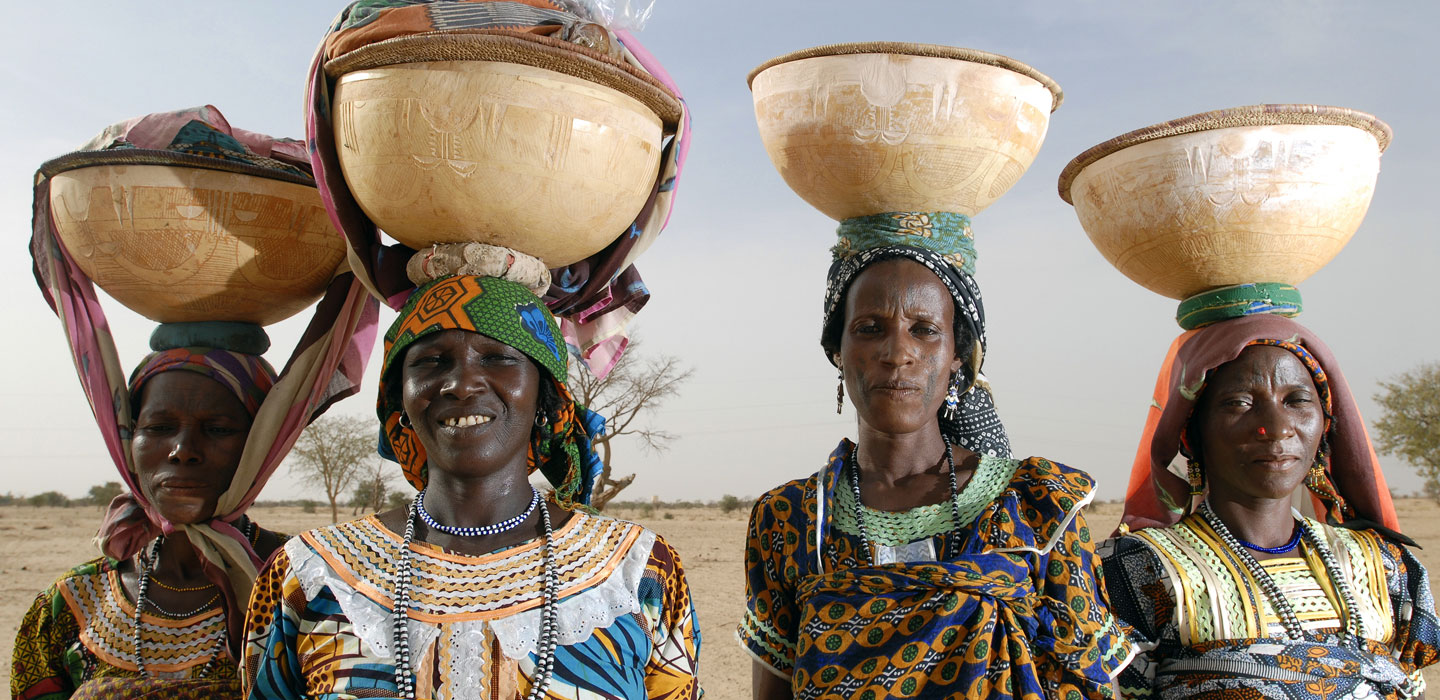Herramientas y Guías
Herramientas y Guías

Herramientas y Guías
Visualización del menú
Search Results Filters
Resultados de la búsqueda
IFAD’s approach to policy engagement
abril 2017
Typically, IFAD’s approach to policy engagement is one of facilitating, supporting and informing nationally-owned policy processes, so as to enable governments and other national stakeholders to determine themselves the policy change required.
Module 1: How and when to do mapping and profiling of farmers’ organizations
diciembre 2016
Why is FO mapping and profiling essential?
Module 3: Support to farmers’ organizations business models
diciembre 2016
A business model is a means by which a farmers’ organization (FO) structures its resources, services and collaboration with members, stakeholders (traders, suppliers, public and private sector), clients and partners to create and capture value.
How To Do Note: Engaging with farmers’ organizations for more effective smallholder development
diciembre 2016
Smallholder farmers use different strategies to improve their market presence and to capture more value added in the agricultural sector. These strategies include the creation of cooperatives and other farmers’ organizations (FOs).
Lesson learned: Designing and implementing conservation agriculture of IFAD investments in sub-Saharan Africa
diciembre 2016
This “Lessons Learned” document of the conservation agriculture (CA) in sub-Saharan Africa toolkit reviews experiences over the last two decades.
Toolkit: Designing and implementing conservation agriculture of IFAD investments in sub-Saharan Africa
diciembre 2016
Conservation agriculture (CA) in sub-Saharan Africa has multiple, but often very specific, niches for investment that need to be understood to support its inclusion and implementation in projects.
How to do note: Designing and implementing conservation agriculture of IFAD investments in sub-Saharan Africa
diciembre 2016
This “How To Do” note offers guidance on the design, implementation and scaling up of a CA programme or project in sub-Saharan Africa. It begins with a summary of the key issues and associated questions and follows this with lessons gained from experience.
Toolkit: Engaging with farmers’ organizations for more effective smallholder development
diciembre 2016
Smallholder farmers use different strategies to improve their market presence and to capture more value added in the agricultural sector. These strategies include the creation of cooperatives and other farmers’ organizations (FOs).
Module 2: How to support farmers’ organizations in designing their business plans
diciembre 2016
The business plan of an FO is a document providing information on how the FO intends to organize and implement activities so that it is profitable and can succeed. It is an essential tool for the planning, managing and running of a business. It clarifies the operational and financial objectives of a business and contains the detailed plans and budgets showing how the objectives are to be achieved. It may also contain background information about the organization that is attempting to reach those goals.
Scaling up note: Gabon
noviembre 2016
Rural development in Gabon depends largely on growth in the agro-sylvo-pastoral subsector, but the development of the country’s agricultural potential remains incipient. The various strategies adopted by the Government since independence have not succeeded in revitalizing the sector. Currently the agriculture sector employs about 40 per cent of the country’s rural population, although it contributes just 5 per cent of GDP and represents just 0.7 per cent of the government budget. Agricultural land occupies 20 per cent (5.2 million hectares) of the country’s territory, contrasting with the small share of sector activity taking place on less than 10 per cent of arable land. The rural population, which accounted for 20 per cent of the Gabonese people in 2000, is falling steadily as the urban population grows, and represented just 13 per cent of the population in 2013.